How to Stop Excessive Croaking in Pet Frogs
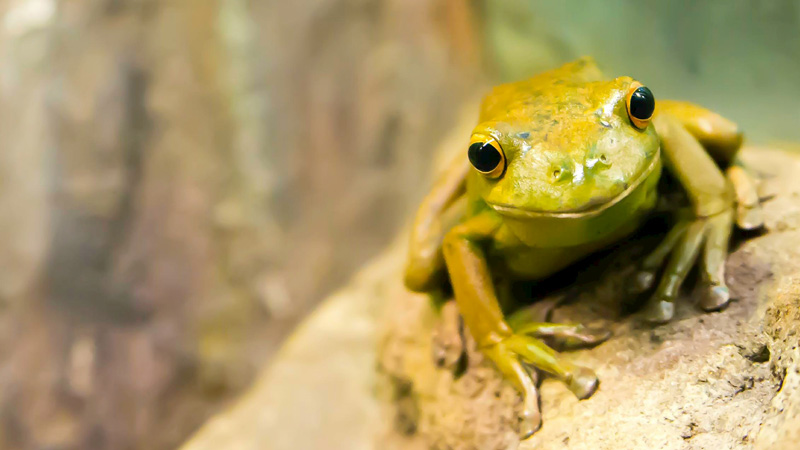
Photo by Wayne Robinson on Unsplash
Frog croaking, while a natural behavior, can sometimes pose challenges for pet owners seeking a quieter living environment. Whether it's to minimize disruption during nighttime hours or to create a more serene atmosphere throughout the day, finding effective strategies to manage frog vocalization is essential.
In this article, we'll explore practical solutions, including misting and temperature regulation, to help reduce frog croaking and promote a harmonious coexistence between frogs and their human companions.
Misting as a Strategy for Managing Frog Croaking
Timing of Misting:
Misting is a commonly used technique to regulate humidity levels and provide hydration for pet frogs. Interestingly, misting can also influence frog behavior, including croaking patterns. By timing misting sessions strategically, owners can encourage quieter behavior from their frogs.
Morning Misting:
If you prefer your frog to be quieter at night, consider misting the enclosure in the morning or during the daytime. By providing ample moisture and hydration earlier in the day, frogs may be less inclined to vocalize excessively during the night when activity levels typically increase.
Hydration and Activity Levels:
Misting not only helps maintain humidity levels but also stimulates activity and exploration in pet frogs. By ensuring adequate hydration and environmental enrichment during the day, frogs may be more likely to engage in natural behaviors and expend energy, leading to quieter nights.
Temperature Regulation to Influence Frog Croaking
Temperature and Frog Behavior:
Temperature plays a significant role in regulating frog activity and metabolic functions. Some frog species may become more vocal during warmer temperatures, while others may exhibit increased croaking in response to temperature fluctuations.
Lowering Temperature at Night:
To encourage quieter behavior from pet frogs during nighttime hours, consider allowing the temperature in the enclosure to drop down to the lowest acceptable point for your specific frog species. Mimicking natural temperature fluctuations can help signal to frogs that it's time to rest and reduce nocturnal vocalization.
Use of Thermostat or Temperature Controller:
Implementing a thermostat or temperature controller can help maintain stable temperature levels within the frog enclosure, preventing sudden fluctuations that may trigger increased vocalization. By providing a consistent and comfortable thermal environment, owners can promote more predictable behavior in their pet frogs.
Additional Considerations for Managing Frog Croaking
Environmental Enrichment:
Providing a well-structured and enriched habitat can help alleviate stress and reduce unnecessary vocalization in pet frogs. Incorporate features such as hiding spots, plants, and substrate to create a naturalistic environment that supports the frog's physical and behavioral needs.
Regular Observation and Monitoring:
Keep a close eye on your pet frog's behavior and vocalization patterns to identify any changes or underlying issues. Monitoring environmental conditions, such as humidity and temperature levels, can also help pinpoint potential triggers for excessive croaking.
Consultation with a Reptile Veterinarian:
If frog croaking persists despite efforts to manage environmental factors, consider seeking guidance from a qualified reptile veterinarian. Underlying health issues or medical conditions may contribute to abnormal vocalization patterns, requiring professional evaluation and treatment.
Conclusion
While misting your frog with water at certain times of the day and allowing the temperature to drop can be worth trying, it's important to note that these methods may not guarantee the complete cessation of croaking. Frogs have natural instincts and behaviors that can be challenging to modify entirely.
However, be cautious not to mist your frog excessively or forcefully, as it can cause stress or discomfort. Some frogs may even interpret misting as an invitation to breed, potentially leading to increased croaking.
You May Also Like
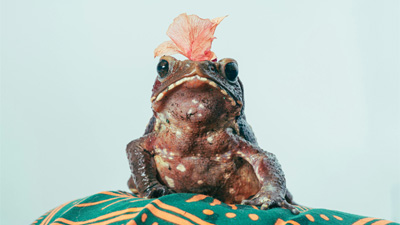 Pet Frogs50 Good Names for Your Pet Frog
Pet Frogs50 Good Names for Your Pet Frog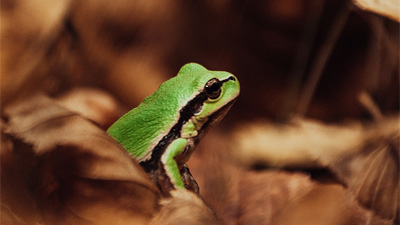 Pet FrogsThe 10 Best Pet Frogs For Beginners
Pet FrogsThe 10 Best Pet Frogs For Beginners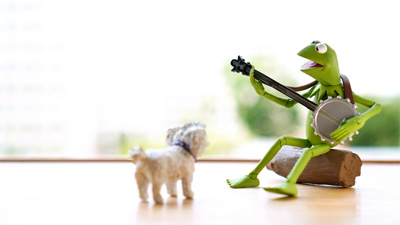 Pet FrogsExplore 50 Famous Frog Names (Find Inspiration)
Pet FrogsExplore 50 Famous Frog Names (Find Inspiration)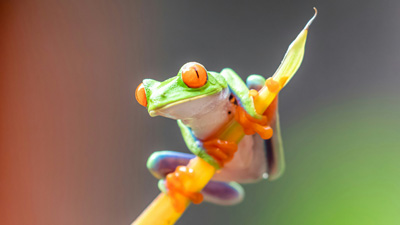 Pet FrogsHow Long Does the Average Pet Frog Live? (5-15 years)
Pet FrogsHow Long Does the Average Pet Frog Live? (5-15 years)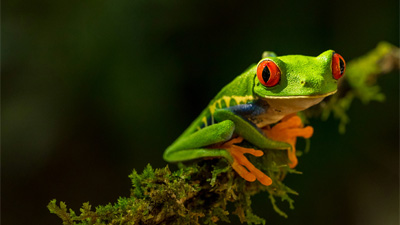 Pet FrogsCommon Pet Frog Prices: A Comprehensive List
Pet FrogsCommon Pet Frog Prices: A Comprehensive List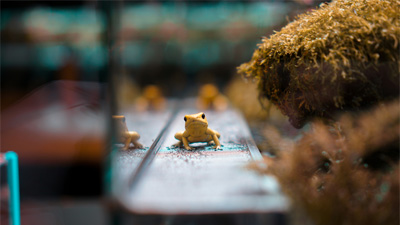 Pet FrogsThe 10 Smallest Frogs Perfect for Pet-Keeping
Pet FrogsThe 10 Smallest Frogs Perfect for Pet-Keeping